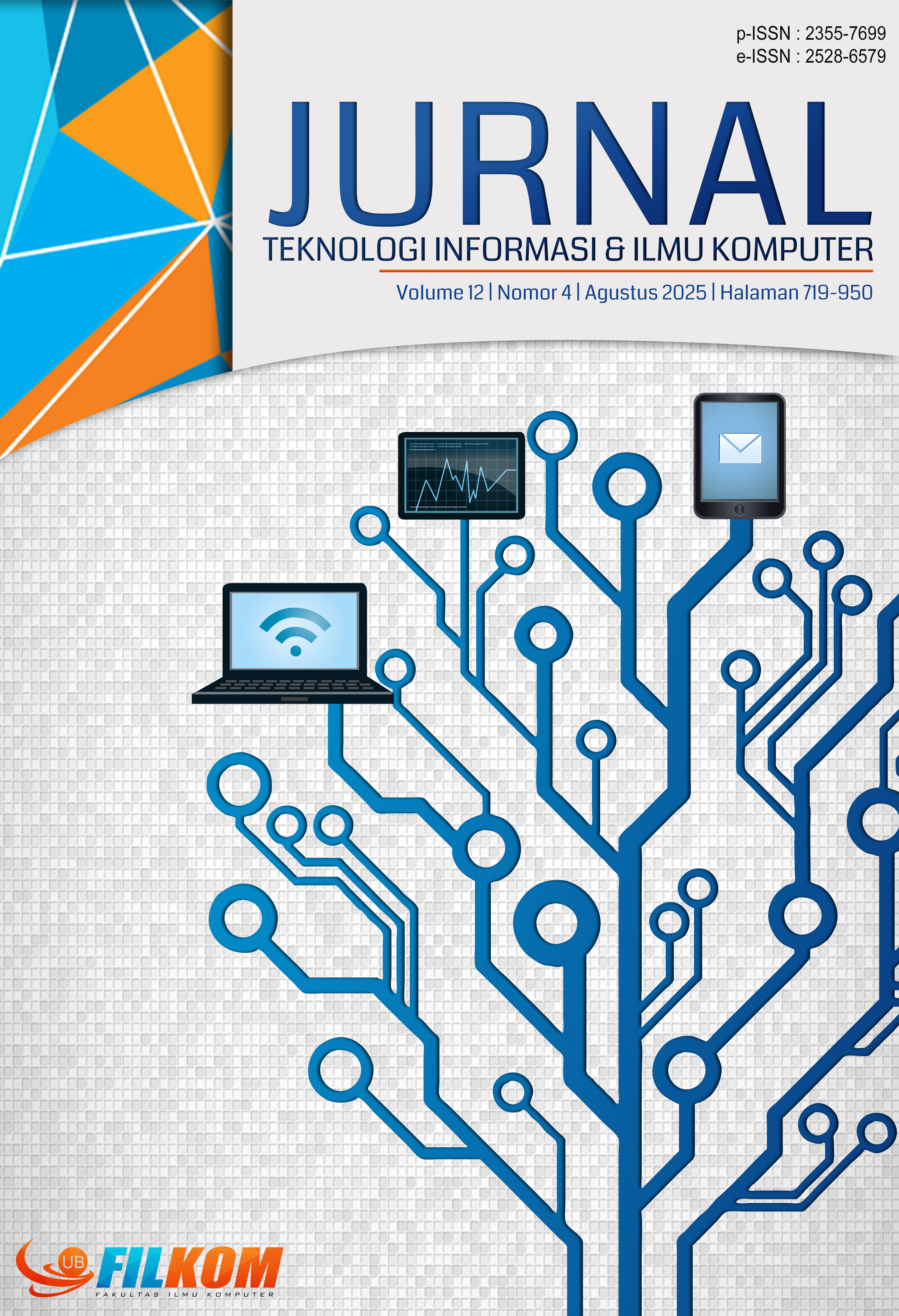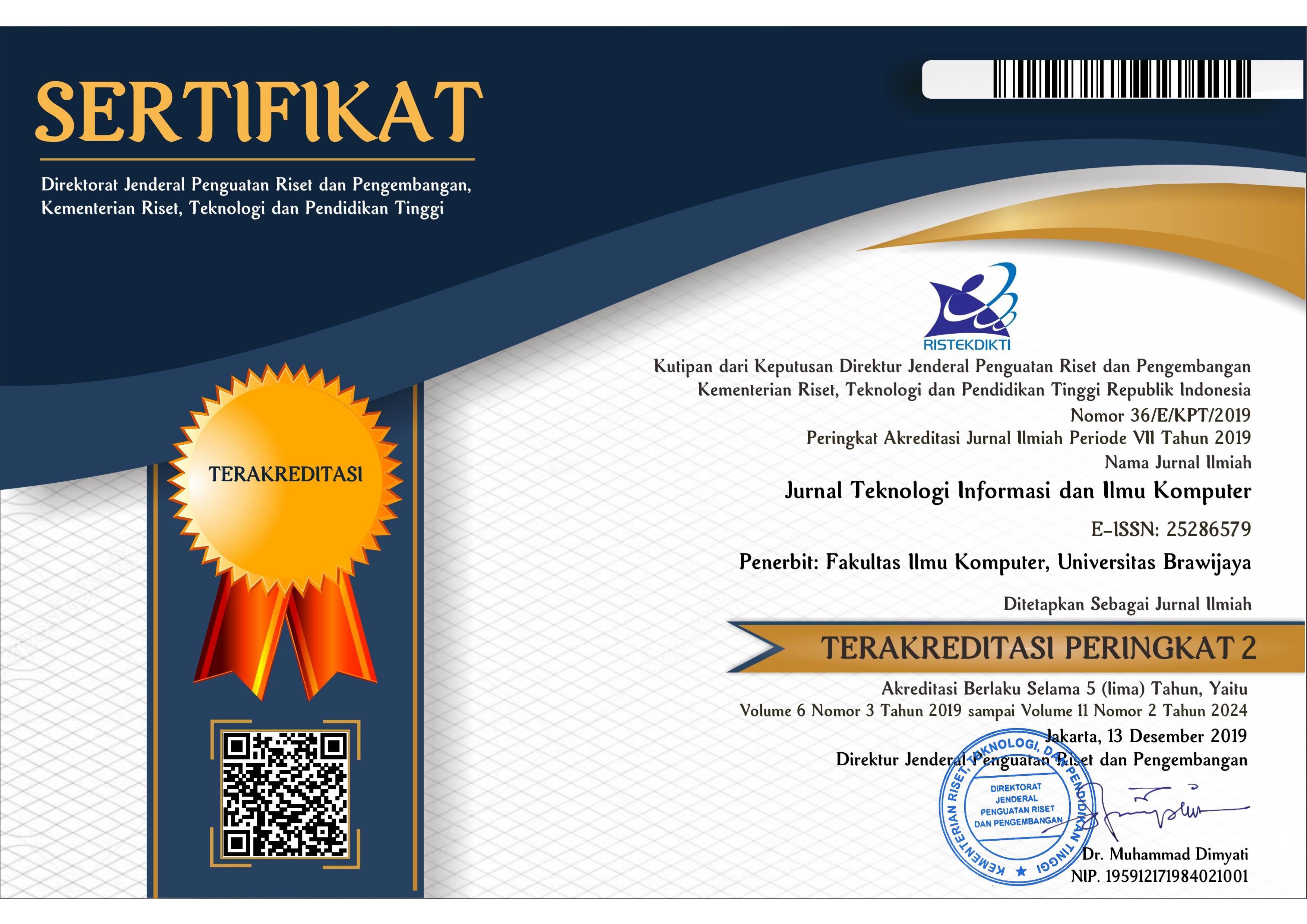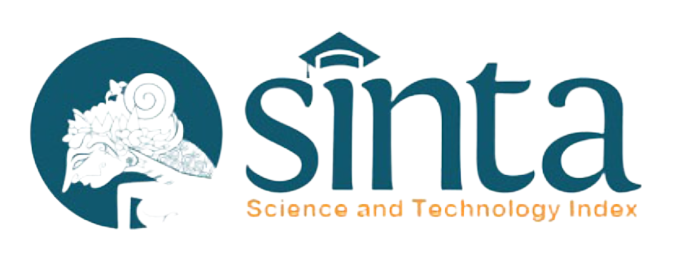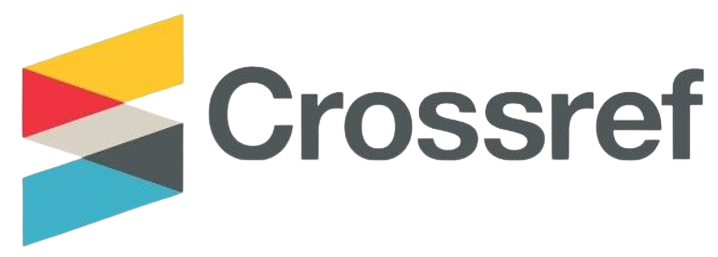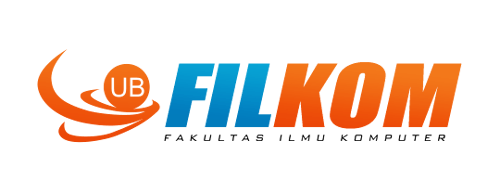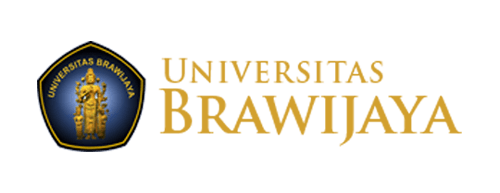Implementasi Robotic Process Automation Pada Proses Kompilasi Dokumen Nota Pemberitahuan Barang Larangan/Pembatasan (NPBL) Di Pt Merck Chemicals And Life Sciences
DOI:
https://doi.org/10.25126/jtiik.124Kata Kunci:
Robotic Process Automation, Nota Pemberitahuan Barang Larangan/Pembatasan, business process eficiency, optical character recognition, UiPath, Microsoft AI BuilderAbstrak
Ketepatan dan efisiensi dalam penanganan dokumen impor, khususnya pemenuhan persyaratan Nota Pemberitahuan Barang Larangan/Pembatasan (NPBL) sangat penting bagi kelancaran operasional perusahaan life sciences seperti PT Merck Chemicals and Life Sciences (MCLS) yang aktif dalam melakukan kegiatan ekspor dan impor. Proses kompilasi dokumen NPBL di PT MCLS yang selama ini dilakukan secara manual membutuhkan waktu 4 jam 11 menit dan rentan terhadap kesalahan yang dapat menyebabkan keluhan pelanggan akibat keterlambatan ketersediaan barang. Penelitian ini bertujuan untuk meningkatkan efisiensi dan akurasi proses tersebut melalui implementasi teknologi Robotic Process Automation (RPA). Metode penelitian meliputi evaluasi proses bisnis saat ini (as-is) melalui observasi dan wawancara, perancangan workflow RPA menggunakan UiPath Studio, perancangan antarmuka dengan UiPath Apps, dan penerapan teknologi Optical Character Recognition (OCR) Document Understanding dengan Microsoft AI Builder untuk meningkatkan akurasi pencarian dan pemilihan dokumen. Hasil pengujian menunjukkan bahwa sistem RPA mampu mengotomatisasi seluruh tahapan proses kompilasi dokumen NPBL dan menyelesaikannya dalam waktu 26 menit, mengefisiensikan waktu proses hingga 89.66%. Akurasi sistem mencapai 98% dalam pencarian dan pemilihan lisensi, 88.54% dalam penandaan produk, serta 92.81% dalam pengunduhan file Safety Data Sheets (SDS). Implementasi ini juga berhasil menghemat kapasitas kerja sebesar 0.466 FTE dan diterima dengan tingkat penerimaan pengguna sebesar 79%.
Abstract
Precision and efficiency in managing importation documents,, particularly in fulfilling the requirements for Nota Pemberitahuan Barang Larangan/Pembatasan (NPBL) are essential to maintaining the operational continuity of life sciences companies like PT Merck Chemicals and Life Sciences (MCLS), which actively engange in export and import activities. The NPBL document compilation process at PT MCLS, which has been carried out manually, takes 4 hours and 11 minutes and is prone to error, potentially resulting in customer complaints due to delays in goods availability. This study aims to improve the efficiency and accuracy of this process throught the implementation of Robotic Process Automation (RPA). The research methodology includes in evaluating the current business process (as-is) through observation and interviews, designing RPA workflows using UiPath Studio, developing an interface with UiPath Apps, and applying OCR Document Understanding technology using Microsoft AI Builder to enhance the accuracy of document search and selection. The testing results show that the RPA system successfully automated all stages of the NPBL document compilation proccess, completing it in 26 minutes and reducing process time by 89.66%. The system achieved 98% accuracy in license search and selection, 88.54% in product tagging inside the document, and 92.81% in downloading Safety Data Sheets (SDS). Additionaly, the implementation of RPA saved 0.466 FTE in work capacity and was accepted by users with a satisfaction rate of 79%.
Downloads
Referensi
AFRIANTO, I., HERYANDI, A., FINADHITA, A. & ATIN, S., 2021. User Acceptance Test For Digital Signature Application In Academic Domain To Support The Covid-19 Work From Home Program. International Journal of Information System & Technology Akreditasi, [online] 5(3), pp.270–280. Available at: <https://tt-el.my.id/.>.
ANAGNOSTE, S., 2017. Robotic Automation Process - The next major revolution in terms of back office operations improvement. Proceedings of the International Conference on Business Excellence, 11(1), pp.676–686. https://doi.org/10.1515/picbe-2017-0072.
ASATIANI, A. & PENTTINEN, E., 2016. Turning robotic process automation into commercial success - Case OpusCapita. Journal of Information Technology Teaching Cases, 6(2), pp.67–74. https://doi.org/10.1057/jittc.2016.5.
AXMANN, B. & HARMOKO, H., 2020. Robotic Process Automation: An Overview and Comparison to Other Technology in Industry 4.0. Proceedings - International Conference on Advanced Computer Information Technologies, ACIT, pp.559–562. https://doi.org/10.1109/ACIT49673.2020.9208907.
DELOITTE, 2018. The robots are ready. Are you? Untapped advantage in your digital workforce. Deloitte Development LLC, [online] p.24. Available at: <https://www2.deloitte.com/content/dam/Deloitte/tr/Documents/technology/deloitte-robots-are-ready.pdf>.
FERNANDO, D. & HARSITI, H., 2019. Studi Literatur: Robotic Process Automation. JSiI (Jurnal Sistem Informasi), 6(1), p.6. https://doi.org/10.30656/jsii.v6i1.1071.
GRADIM, B. & TEIXEIRA, L., 2022. Robotic Process Automation as an enabler of Industry 4.0 to eliminate the eighth waste: A study on better usage of human talent. Procedia Computer Science, [online] 204(2021), pp.643–651. https://doi.org/10.1016/j.procs.2022.08.078.
KEMENTERIAN KEUANGAN REPUBLIK INDONESIA, 2022. Peraturan Direktur Jenderal Bea dan Cukai Nomor: Per-2/BC/2022 Tentang Perubahan Kelima Atas Peraturan Direktur Jenderal Bea dan Cukai Nomor Per-16/BC/2016 Tentang Petunjuk Pelaksanaan Pengeluaran Barang Impor untuk Dipakai. Jakarta: Kementerian Keuangan Republik Indonesia.
LIÉVANO-MARTÍNEZ, F.A. & FERNÁNDEZ-LEDESMA, J.D., 2022. Roadmap for the implementation of robotic process automation in enterprises. DYNA (Colombia), [online] 89(220), pp.81 – 89. Available at: <https://www.scopus.com/inward/record.uri?eid=2-s2.0-85159881602&doi=10.15446%2Fdyna.v89n220.99205&partnerID=40&md5=dbcc41852e307d5d67a97feb5467ee6a>.
LUBIS, L.S. & SEMBIRING, D.E., 2023. Driving Digital Transformation: Leveraging Robotic Process Automation (RPA) to Enhance Business Process Efficiency and Reducing Manual Errors. Proceedings of 2023 IEEE International Conference on Data and Software Engineering, ICoDSE 2023, pp.91–95. https://doi.org/10.1109/ICoDSE59534.2023.10291662.
MICROSOFT, 2024. Overview of AI Builder. [online] Available at: <https://learn.microsoft.com/en-us/ai-builder/>.
NINGSIH, N.A., RANGKUTI, S. & ZULKARNAIN, M., 2022. Pengaruh Kelengkapan Administrasi dan Kategori Importir Terhadap Dwelling Time pada PT Anugerah Indo Maritim Sejahtera Medan Belawan. Jurnal Emanis Fakultas Ekonomi Dan Bisnis, 01(01), pp.55–68.
STANDEFER, R., 2023. Application Modernization with Microsoft Power Platform Table of Contents. pp.1–37.
SUBRAMANI, N., MATTON, A., GREAVES, M. & LAM, A., 2020. A Survey of Deep Learning Approaches for OCR and Document Understanding. [online] (Section 5), pp.1–15. Available at: <http://arxiv.org/abs/2011.13534>.
TRIPATHI, A.M., 2018. Learning Robotic Process Automation. Packt Publishing Ltd.
Unduhan
Diterbitkan
Terbitan
Bagian
Lisensi
Hak Cipta (c) 2025 Jurnal Teknologi Informasi dan Ilmu Komputer

Artikel ini berlisensiCreative Commons Attribution-ShareAlike 4.0 International License.

Artikel ini berlisensi Creative Common Attribution-ShareAlike 4.0 International (CC BY-SA 4.0)
Penulis yang menerbitkan di jurnal ini menyetujui ketentuan berikut:
- Penulis menyimpan hak cipta dan memberikan jurnal hak penerbitan pertama naskah secara simultan dengan lisensi di bawah Creative Common Attribution-ShareAlike 4.0 International (CC BY-SA 4.0) yang mengizinkan orang lain untuk berbagi pekerjaan dengan sebuah pernyataan kepenulisan pekerjaan dan penerbitan awal di jurnal ini.
- Penulis bisa memasukkan ke dalam penyusunan kontraktual tambahan terpisah untuk distribusi non ekslusif versi kaya terbitan jurnal (contoh: mempostingnya ke repositori institusional atau menerbitkannya dalam sebuah buku), dengan pengakuan penerbitan awalnya di jurnal ini.
- Penulis diizinkan dan didorong untuk mem-posting karya mereka online (contoh: di repositori institusional atau di website mereka) sebelum dan selama proses penyerahan, karena dapat mengarahkan ke pertukaran produktif, seperti halnya sitiran yang lebih awal dan lebih hebat dari karya yang diterbitkan. (Lihat Efek Akses Terbuka).

